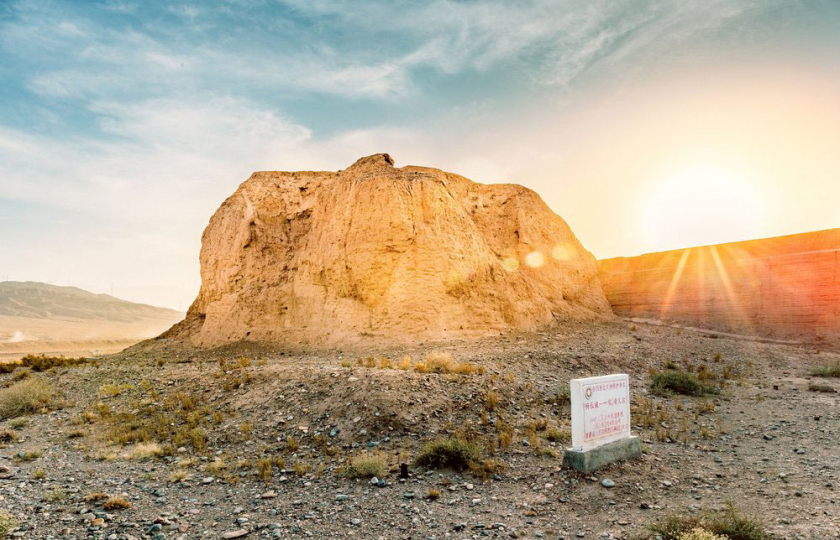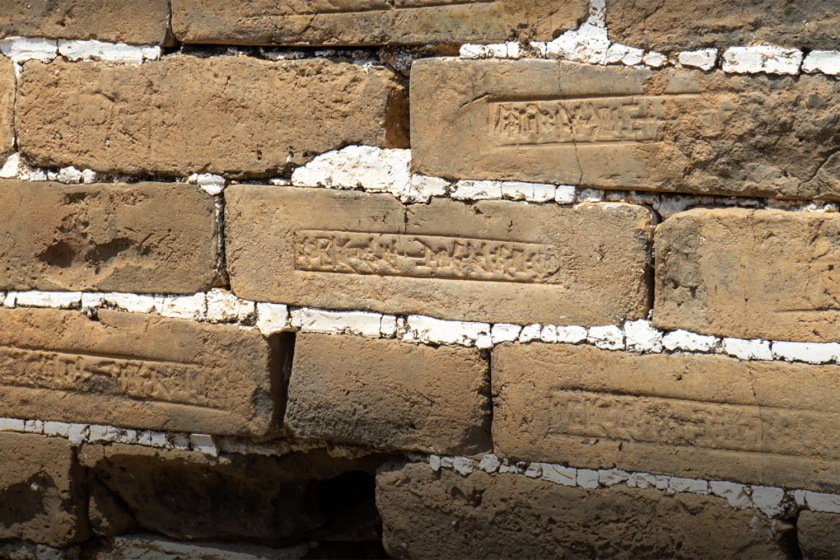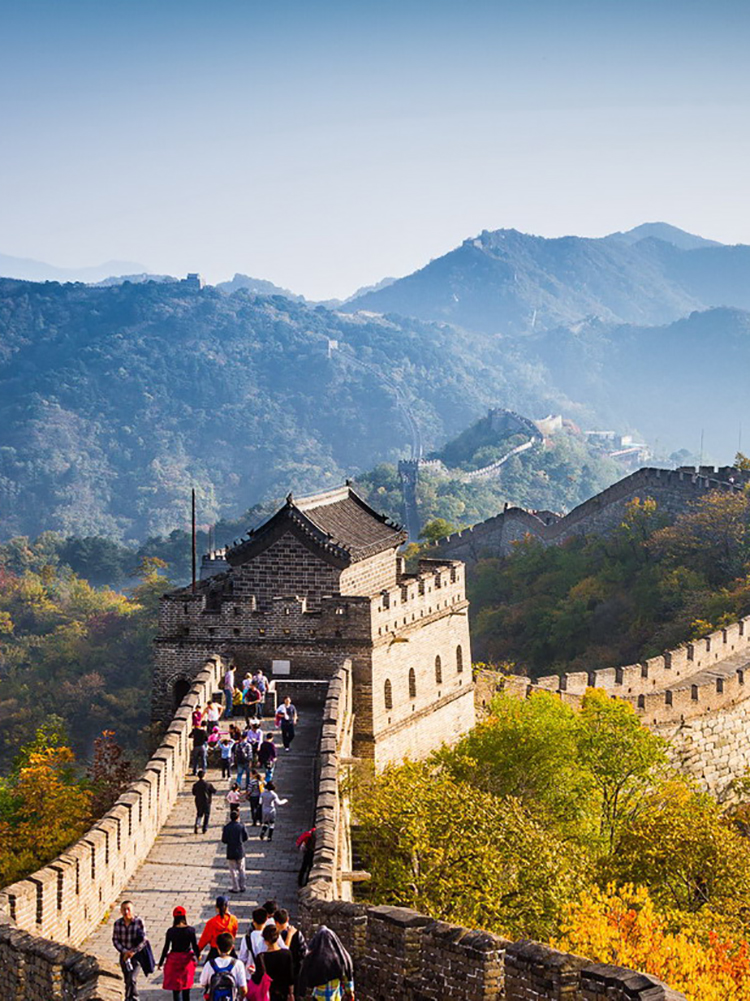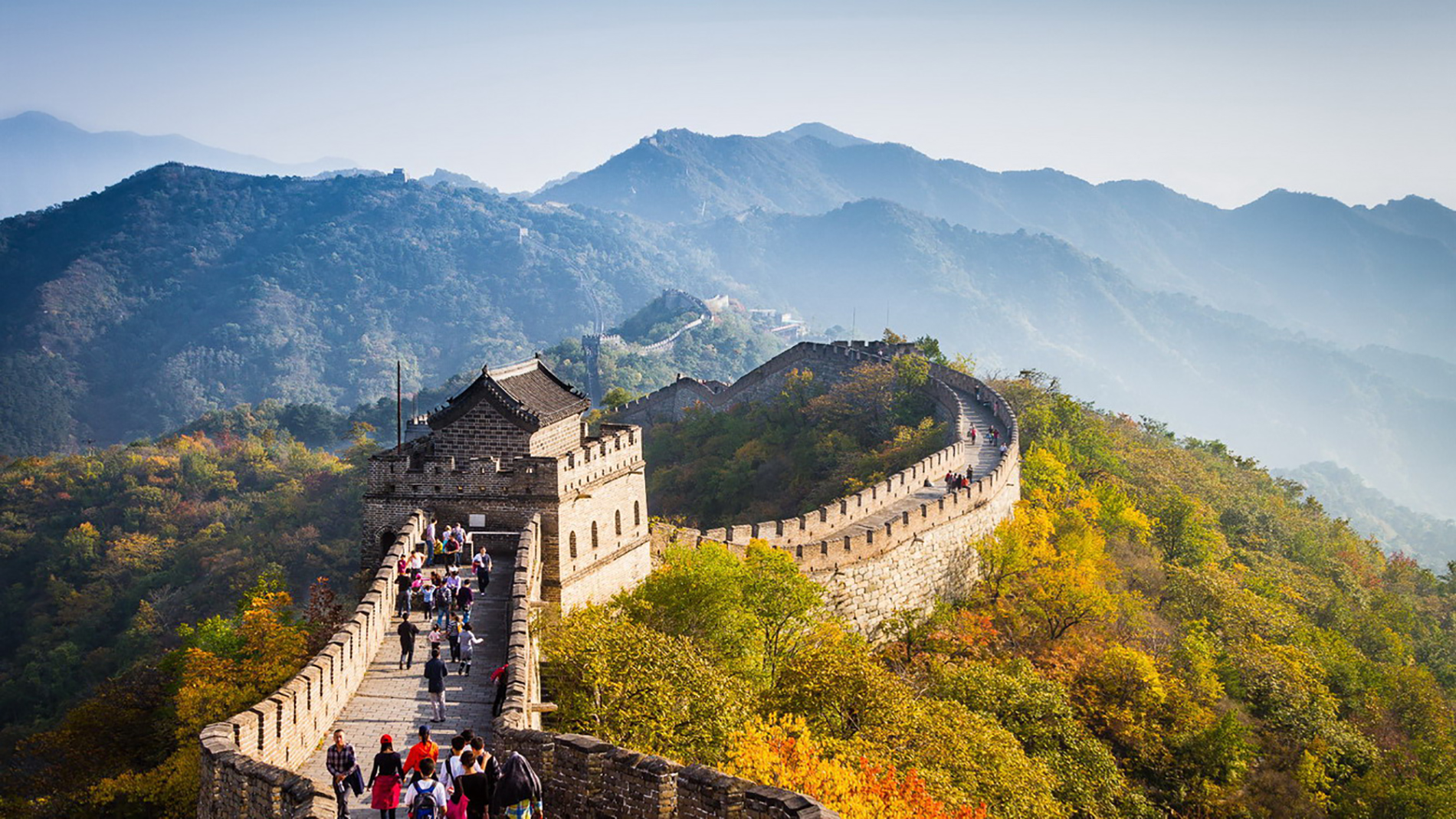After watching Chinese historical and costume dramas, have you ever dreamed of one day visiting China to see its historical sites? This may be a bit difficult during the period when countries are in lockdown due to the COVID-19 pandemic. However, thanks to Google technology, you can now take a free tour of the Great Wall of China right from your phone or computer.
Google Arts & Cultures takes you to the Great Wall
As “the largest, longest, and most magnificent architectural work of mankind, the Great Wall has gone down in history as a wonder built by human hands. More than 10 million people visit here every year,” said Pierre Caessa, project manager of Google Arts & Cultures. “Today, in collaboration with Great Wall expert Dong Yaohui and conservationists from Gubei Water Town, we take you on a virtual walk here.”

View of Simatai, a well-preserved section of the Great Wall that is off-limits to tourists due to its ruggedness.
Google Arts & Cultures' Walk the Great Wall project doesn't just let you follow images along the Great Wall. It also includes 360-degree views of the wall's best-preserved sections.
Once you’ve looked outside the wall, you can zoom in on the wall itself. The zooms are so deep that you can see the carvings on the bricks used to build the wall.
In addition, the project provides 370 high-quality images of this magnificent structure, accompanied by 35 stories revolving around the construction period of the Great Wall. The purpose is to help viewers better understand the history of the architectural work, as well as the methods of preserving it.
MORE INFORMATION
You can visit Google Arts & Cultures to start your Great Wall walking journey here:
artsandculture.google.com/project/great-wall-of-china
5 things that will surprise you about the Great Wall of China
1. The total length of this architectural work is more than 20,000 km, stretching from the Bohai Sea to the Gobi Desert. The starting point in the East is Shanhai Pass. This was originally a citadel built during the Ming Dynasty (1368 - 1644). The name Shanhai Pass refers to the majestic landscape when looking out from this citadel.

Mounds of earth where the wall built by Qin Shi Huang once stood
The western terminus is Jiayu Pass, located in the Gobi Desert. Among the hundreds of passes on the Great Wall, Jiayu Pass is one of the best preserved. Today, it remains almost as it was when it was first completed.

East, Shanhai Pass, from the Bohai Sea
2. It took China more than 2,000 years to build the Great Wall. Emperor Qin Shi Huang, around 220 BC, wanted to build a defensive line to protect the territory against attacks from the Huns, Turks, Mongols, etc. However, the wall that Qin Shi Huang built at that time was relatively rudimentary, and today only mounds of earth remain. The Great Wall that we know today was actually built by the Ming Dynasty, and is durable thanks to the use of stronger materials.
3. Today, the length of the Great Wall has been somewhat shortened. Part of the wall has been damaged by natural erosion. Another part of the wall has been destroyed by human activities. In many areas, people have removed stones and bricks to build roads and houses. It is estimated that about 2,000 km of wall has been destroyed. Of course, the Chinese government is still working to restore and maintain the Great Wall.
4. Along the wall are hundreds of passages, including 15 important gates. The Great Wall is not only a line of defense to protect ancient Chinese territory. It also plays an important role in trade along the Silk Road, connecting China with the Middle East and stretching all the way to Europe.

Bricks with ancient inscriptions as a measure to manage the quality of construction works
5. Because it was built over many centuries and dynasties, each stage of the wall used a different material. Most of them were fired bricks and cut stone blocks, filled with lime mortar. However, when these materials were in short supply, the wall could be patched with clay, wood, stone blocks, etc. Today, we can learn quite a lot about the Great Wall's construction and repair stages by observing the records on the materials themselves. For example, during the Ming Dynasty (1368 - 1644), fired bricks were recorded with information to help control product quality such as the name of the brick kiln and the managing official.






























